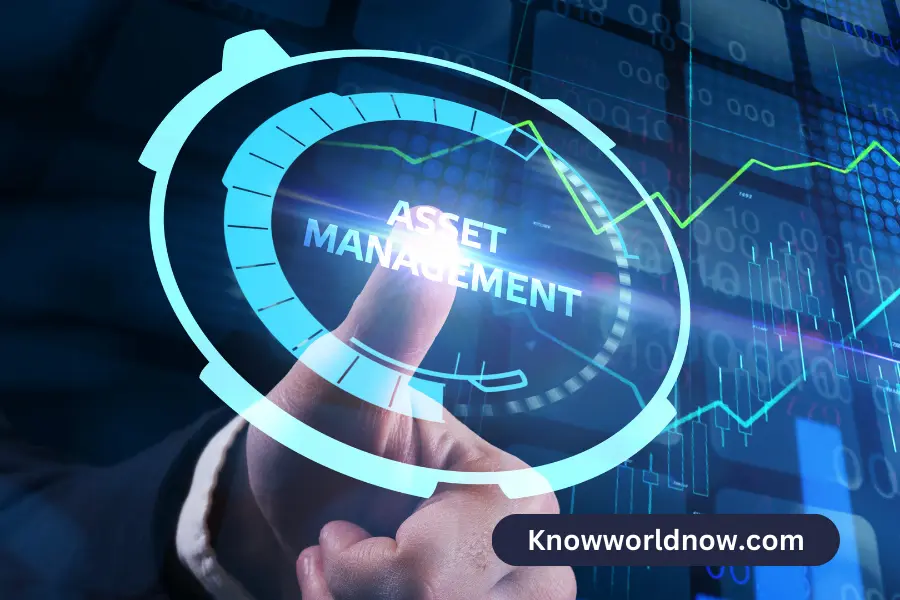In the evolving world of finance, asset management has emerged as a domain that has significantly benefited from technological innovations. The integration of technology has not only transformed the way assets are managed but has also revolutionized the strategies used to generate superior returns. The constant infusion of technological solutions has enhanced operations, making the industry more transparent, efficient, and client-centric.
Fundamental Aspects of Technological Integration in Asset Management
Automating Routine Tasks
With the influx of technology, a significant change in asset management has been the automation of routine tasks. Previously, activities such as data gathering, reporting, and order placement required manual effort. Today, portfolio management software has minimized human involvement, enhancing operational efficiency and reducing errors.
Data-Driven Decision Making
Another key technological transformation in asset management is the ability to make data-driven decisions. Portfolio management tools, equipped with AI and ML capabilities, have allowed managers to leverage vast amounts of data to inform their decision-making processes. The use of predictive analytics enables the identification of potentially profitable investment opportunities, thereby reducing risks and enhancing returns.
Comprehensive Portfolio Analysis
With advanced technologies, comprehensive portfolio analysis has become more accessible and accurate. Portfolio backtesting, a method of evaluating investment strategies using historical data, is now seamlessly integrated into the portfolio management system. This function allows asset managers to validate their investment strategies before implementation, reducing the risk of loss and increasing the potential for profit.
The Significance of Technology in Asset Management
Increased Transparency and Efficiency
Two fundamental goals for asset management firms are transparency and efficiency, and technology has greatly enhanced both. Investment analytics, for instance, allow asset managers to provide detailed reports to their clients, promoting transparency. Meanwhile, the automation of routine tasks has significantly increased operational efficiency.
Enhanced Risk Mitigation
A critical component of asset management is risk mitigation. Technological innovations, like portfolio management software, enable more robust risk assessment. Through analyzing historical data and current market conditions, asset managers can accurately predict potential risks and devise strategies to counter them.
Aligning Investment Strategies with Clients’ Goals
The advent of personalized robo-advisors has made it possible to align investment strategies more closely with clients’ goals. These digital advisors, powered by AI and ML, consider each investor’s risk tolerance, financial goals, and investment timeline to create customized investment strategies, thereby improving client satisfaction and outcomes.
Core Technologies Involved in Asset Management
Artificial Intelligence (AI) and Machine Learning (ML)
AI and ML have been game-changers in asset management. These technologies enhance predictive capabilities, improve the efficiency of processes, and help in creating personalized investment strategies. Furthermore, they aid in refining portfolio management tools by learning from data patterns and trends, thus driving smarter investment decisions.
Blockchain Technology
Although primarily associated with cryptocurrencies, blockchain has broader applications in asset management. Its ability to record transactions in a transparent, secure, and immutable manner makes it invaluable for record-keeping and transaction validation. This, in turn, enhances trust and transparency in asset management operations.
The Emergence of Robo-Advisors
Robo-advisors have transformed asset management by making it accessible to a wider audience. These digital platforms use algorithms to manage portfolios, eliminating the need for human intervention and thus reducing costs. They’ve made investing simpler and more affordable, disrupting traditional asset management models.
Multidimensional Analysis in Portfolio Management
In the era of big data, asset managers are increasingly leveraging multidimensional analysis to gain a holistic understanding of portfolio performance. This approach involves analyzing a portfolio from various angles – returns, risks, market trends, and more – to derive meaningful insights. Portfolio management software equipped with multidimensional analysis capabilities is vital for achieving this comprehensive view. Such a detailed analysis assists in identifying potential risks and opportunities, driving superior investment performance.
Implementing Tech Solutions in Asset Management
Selecting the Right Software Platforms
Choosing the right portfolio management system is a critical decision for asset management firms. This software should not only meet the current needs of the organization but also have the flexibility to adapt to future requirements. Factors such as the system’s data analysis capabilities, its ability to automate tasks, and its integration with existing systems should be carefully considered.
The Value of Data Analysis Tools
In the digital age, data is the new oil. Data analysis tools play a pivotal role in extracting valuable insights from this data. Tools equipped with AI and ML capabilities can process vast amounts of data quickly and accurately, making them indispensable for modern asset management operations.
Keeping Pace with Tech Advancements, Market Demands, and Regulatory Changes
The technological landscape in asset management is constantly evolving, driven by new advancements, market demands, and regulatory changes. As such, staying current with these changes is essential. Regularly updating portfolio management tools and software, understanding emerging technologies, and adapting to new regulatory guidelines can help firms maintain a competitive edge.
Resources and Training Opportunities for Asset Management Technology
For those keen to explore the intersection of technology and asset management further, there is a plethora of resources available. Online courses, certifications, and webinars offer insights into the latest trends, applications, and best practices in this field. Regular training and continuous learning are paramount for professionals to harness the potential of technology in asset management.
The role of technology in asset management is undeniable. It has not only streamlined operations but also redefined strategies for generating superior returns. As we venture further into the digital age, the synergy of technology and asset management will continue to evolve, making it an exciting area to watch and explore.




![F95Zone Games - The Ultimate Guide for 2021 [F95Z Guide] 5 F95Zone Games](https://knowworldnow.com/wp-content/uploads/2021/07/ArTtW5LrK3b-z-0-y-637f48d86203817a9042a857.webp)